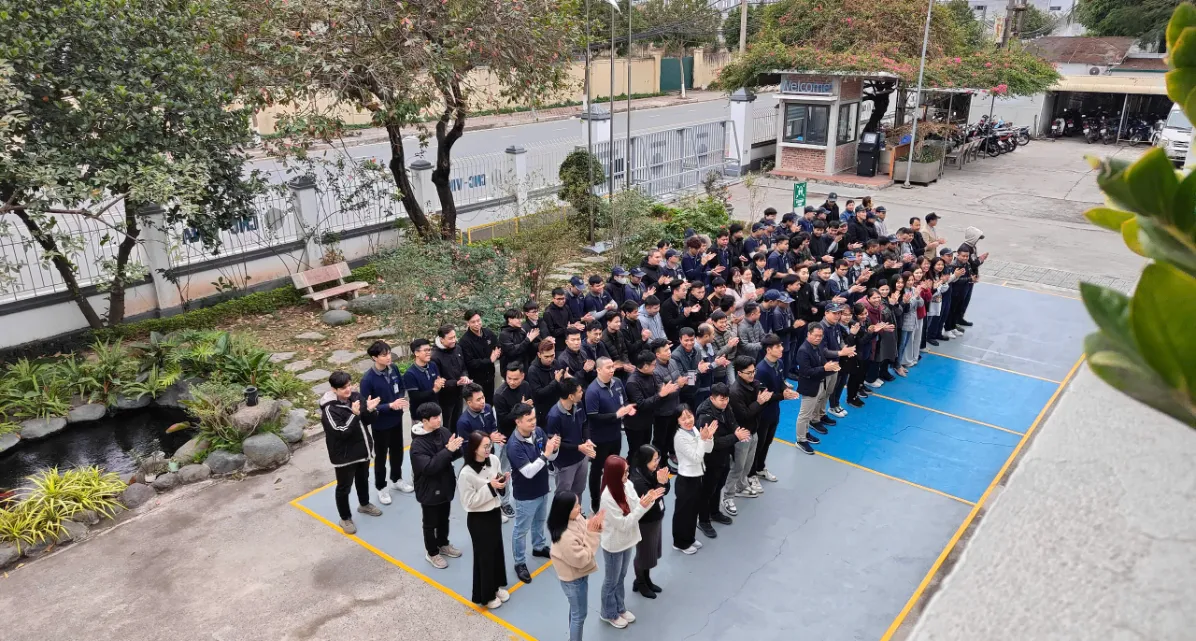In many modern industries such as oil and gas, shipbuilding, automotive, construction, and aerospace, welds play a crucial role in connecting structural components. To ensure the durability and safety of products, weld inspection has become an indispensable step. Among the inspection methods, Non-Destructive Testing (NDT) is increasingly proving its importance in early defect detection and enhancing product quality.
So, is weld inspection before delivery truly necessary? In this article, let’s explore with PWP Solution the advantages, disadvantages, and the most common weld inspection methods used today!
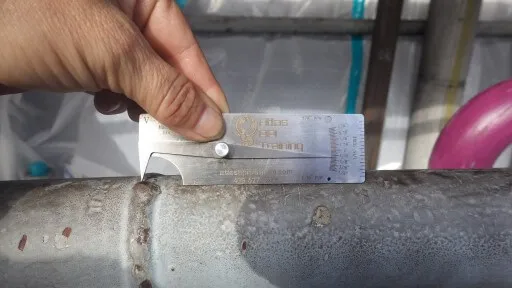
Defects in welds - such as porosity, cracks, lack of fusion, or slag inclusions—not only reduce mechanical strength but also pose potential risks of serious accidents. Especially in structures subjected to heavy loads or harsh environments, even a minor defect can lead to severe consequences in terms of property damage and loss of life. Therefore, early detection of welding flaws helps prevent risks, saves repair costs, and ensures continuity in production operations.
Currently, various Non-Destructive Testing (NDT) methods are used to evaluate weld quality, including:
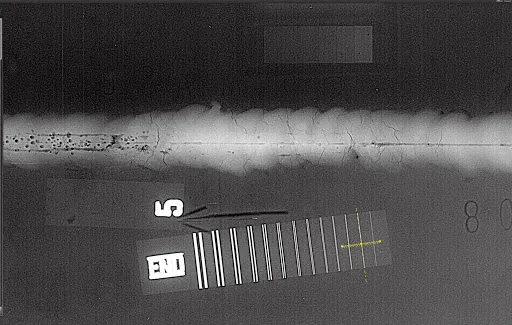
This method uses radiation to capture internal images of weld structures, allowing the detection of internal defects such as gas pores or subsurface cracks. These electromagnetic waves have very short wavelengths and high frequencies and energy levels, which allow them to penetrate through the material’s thickness. When there are internal defects, radiation absorption is reduced, creating contrast in the image and thereby enabling timely and accurate detection of hidden flaws.
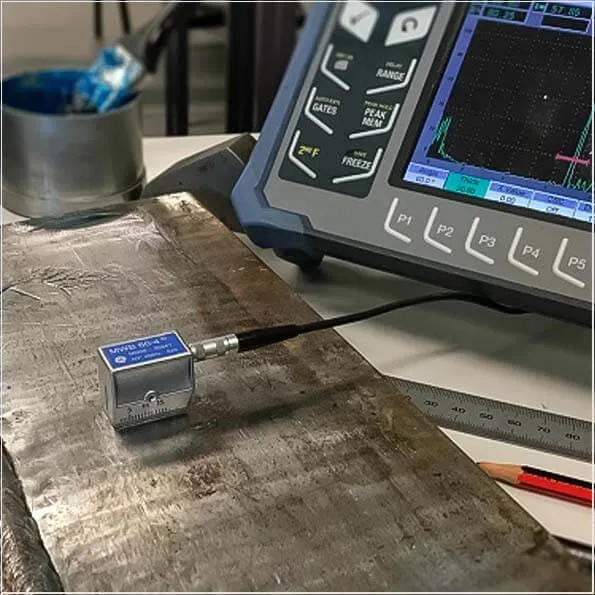
Ultrasonic waves are used to check thickness and detect internal flaws in the material. Typically, the ultrasound beam travels uniformly in a straight direction until it encounters an acoustic boundary. At that boundary, part of the sound is reflected. When the beam hits a welding defect, reflection, transmission, and wave transformation occur. By analyzing the received sound waves, internal defects in the weld can be identified.
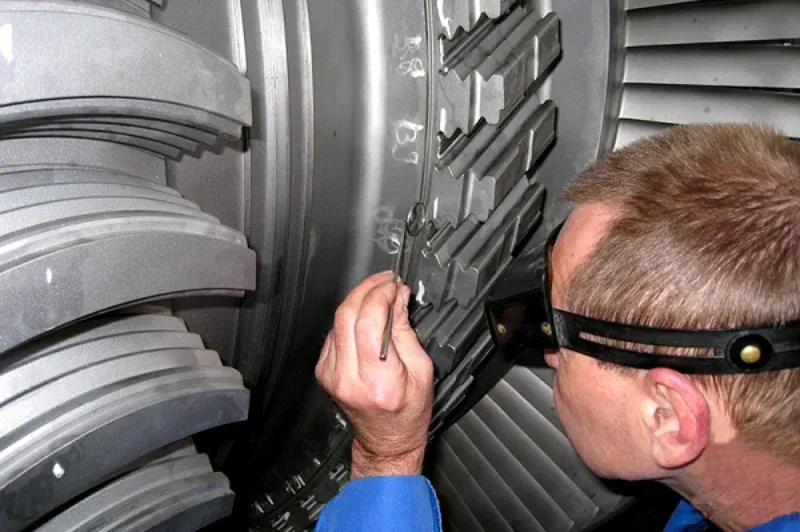
The simplest method, often the first step, used to identify surface defects such as cracks, gaps, and spatter. However, visual inspection requires experienced professionals who can assess weld quality with the naked eye.
Applied to ferromagnetic materials, this method uses magnetic fields to detect surface and near-surface defects.
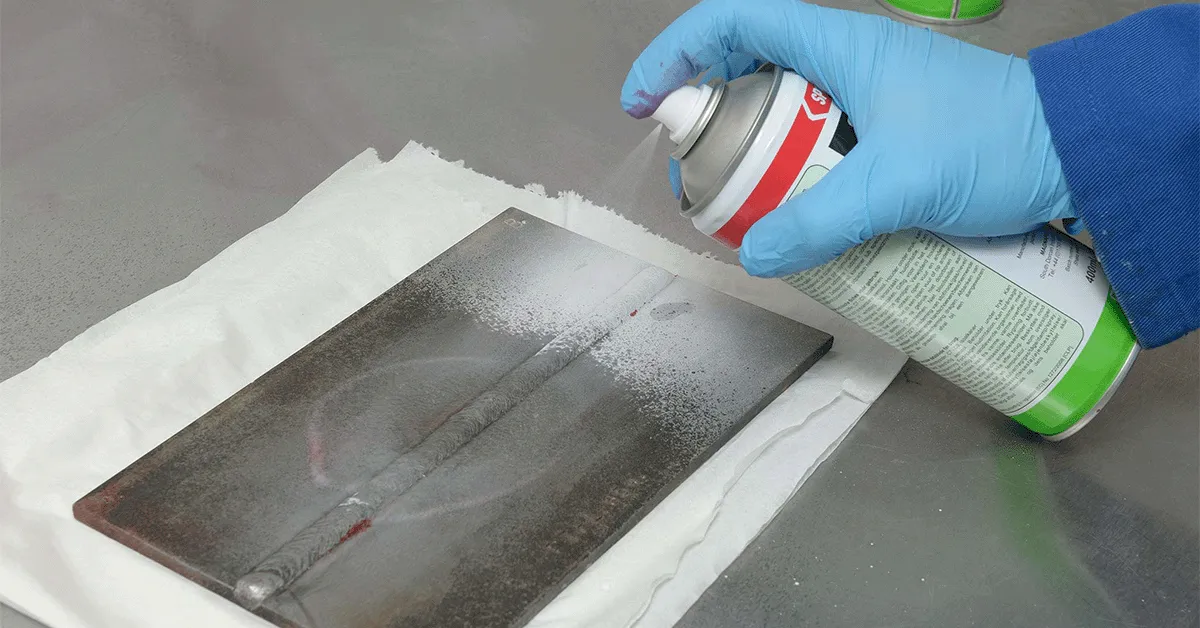
Suitable for non-ferromagnetic materials, this method detects fine surface cracks. A liquid with high penetrability is sprayed onto the weld surface. Due to capillary action, the liquid seeps into the defects. After removing the excess liquid and applying a developer, the flaws become visible on the surface.
There are various non-destructive weld inspection techniques, each with its own strengths and limitations. The appropriate method should be selected based on the nature of the weld and the product characteristics.
Each NDT technique offers unique benefits:

Magnetic particle and liquid penetrant testing are effective for detecting surface or near-surface defects.
Visual inspection is quick, cost-effective, and easy to perform.
While NDT methods offer superior advantages and higher efficiency compared to other modern techniques, they also have certain limitations.
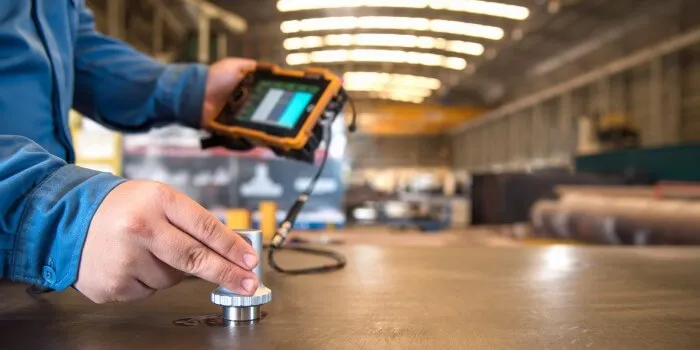
Radiographic testing requires complex equipment and strict safety protocols due to radiation exposure.
Ultrasonic testing demands highly skilled and trained technicians.
Magnetic particle and liquid penetrant testing are limited to specific types of materials.
Implementing comprehensive NDT systems may be challenging due to high initial investment and the need for specialized workforce training.
Weld inspection - particularly through Non-Destructive Testing (NDT)—plays a critical role in ensuring safety, reliability, and product quality across all industrial sectors. Businesses should regard weld inspection as an integral part of the production process and invest properly in both technology and human resources to apply NDT methods effectively.
If you have any questions about weld inspection, don’t hesitate to contact PWP Solution for expert support and consultation!

